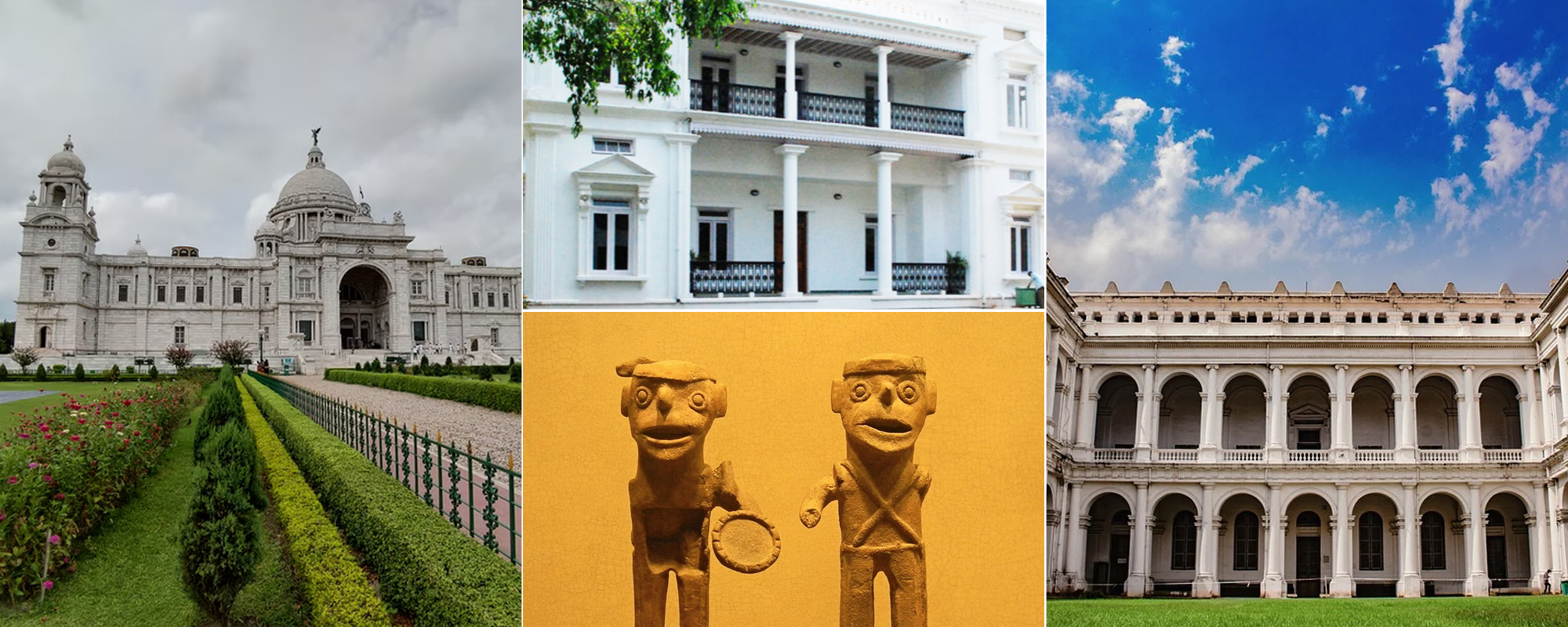
India has a longstanding tradition of textile production, rooted in its rich cultural heritage and artistic excellence. The country's traditional textiles and weaving techniques are a testament to the skill and creativity of its artisans. From the intricate handloom weaves to the captivating block prints and exquisite embroideries, Indian textiles have captivated the world with their beauty and craftsmanship. This article delves into the fascinating world of traditional Indian textiles and weaving techniques, offering a glimpse into the diverse tapestry of India's textile heritage. Join us on this journey as we explore the vibrant colors, intricate patterns, and age-old techniques that make Indian textiles truly remarkable.
The history of traditional Indian textiles and weaving techniques goes back thousands of years, showing how important textiles have been to the country's culture. Even in ancient times, people in India were skilled at weaving intricate fabrics using materials like cotton, silk, and wool. Over time, different regions developed their own unique weaving techniques and textile traditions.
As time passed, the art of weaving and dyeing in India became more advanced. During the medieval period, influences from Islamic cultures brought new designs and weaving styles to India. Persian patterns and geometric shapes blended with existing Indian techniques, resulting in beautiful textiles like the Banarasi silk and Dhaka muslin.
When the Mughal Empire ruled India, their love for textiles led to the further development of weaving techniques and embroidery. The Mughal emperors supported the creation of intricate designs and luxurious fabrics. However, with the arrival of European traders and colonization, the Indian textile industry faced challenges. Traditional methods were disrupted, but over time, Indian artisans adapted and continued to preserve their weaving traditions.
Today, traditional Indian textiles and weaving techniques are still cherished and practiced. Artisans all over the country work hard to keep these ancient techniques alive, creating stunning fabrics with their skill and creativity. From the handloom weaves of Varanasi to the block prints of Rajasthan and the delicate embroideries of Lucknow and Punjab, the history of Indian textiles is a story of artistic excellence and cultural pride.
Traditional Indian textiles and weaving techniques encompass a diverse range of art forms that have been nurtured and perfected over centuries. Here are some major ones:
Handloom Weaving
Handloom weaving is an age-old technique of making fabrics using looms that are operated by hand. This traditional method involves carefully intertwining vertical and horizontal threads to create various types of textiles. Skilled artisans work diligently to create beautiful patterns and textures by controlling the movement of the threads. Handloom weaving preserves the rich heritage of textile craftsmanship, showcasing the artistry and cultural significance of this time-honored practice in India.Handloom fabrics are highly regarded for their distinct textures, irregularities, and exquisite designs. Unlike mass-produced textiles, handloom fabrics showcase the artisan's touch, resulting in variations that make each piece one-of-a-kind.
Some of the famous Handloom Fabrics include:
Block Printing
Block printing is a traditional technique used to print designs onto fabric. It involves using specially carved wooden blocks with intricate patterns. The process begins by applying ink or dye to the block, which is then pressed onto the fabric. The pressure creates a beautiful design, and this process is repeated to cover the entire fabric with the desired pattern. Block printing allows for the creation of unique and detailed designs, making each printed fabric a work of art. It is a popular technique used in traditional Indian textiles, and the handcrafted nature of block printing adds a touch of authenticity and charm to the fabric.As the block is pressed, the design transfers onto the fabric, allowing for the replication of detailed motifs and patterns. The process is repeated multiple times to cover the fabric with the desired design
Some of the famous Block Printing Fabrics include:
Embroidery
Embroidery is a beautiful art form that involves decorating fabric using a needle and thread or other decorative elements. It is a technique that has been practiced for centuries to add intricate designs, patterns, and textures to textiles. The process begins by selecting a design or pattern and transferring it onto the fabric. Then, skilled artisans use a needle and thread to create stitches, knots, or loops on the fabric, following the design. These stitches can form various shapes, textures, and patterns, enhancing the visual appeal of the fabric. Embroidery can also incorporate other materials like beads, sequins, or ribbons for added embellishment. This versatile art form allows for endless creativity, and the result is a beautifully adorned fabric with unique and personalized details.
Some of the famous Embroidery Fabrics include:
Traditional Indian textiles and weaving techniques hold a significant place in the country's cultural heritage. Techniques such as handloom weaving, block printing, embroidery, and embroidery fabrics like Chikankari and Zardozi have been cherished for generations. These techniques showcase the skill and artistry of Indian artisans, resulting in fabrics that are not only visually stunning but also rich in history and tradition. From the intricate patterns of Banarasi Silk to the delicate stitches of Chikankari, each technique offers a unique and distinct aesthetic that adds charm and elegance to Indian textiles. These traditional techniques continue to be cherished and celebrated, serving as a testament to the enduring beauty and craftsmanship of Indian textiles and weaving.
Copyright 2012-2024 Indiamap Digital Private Limited. All rights reserved. Privacy Policy | Terms of Use